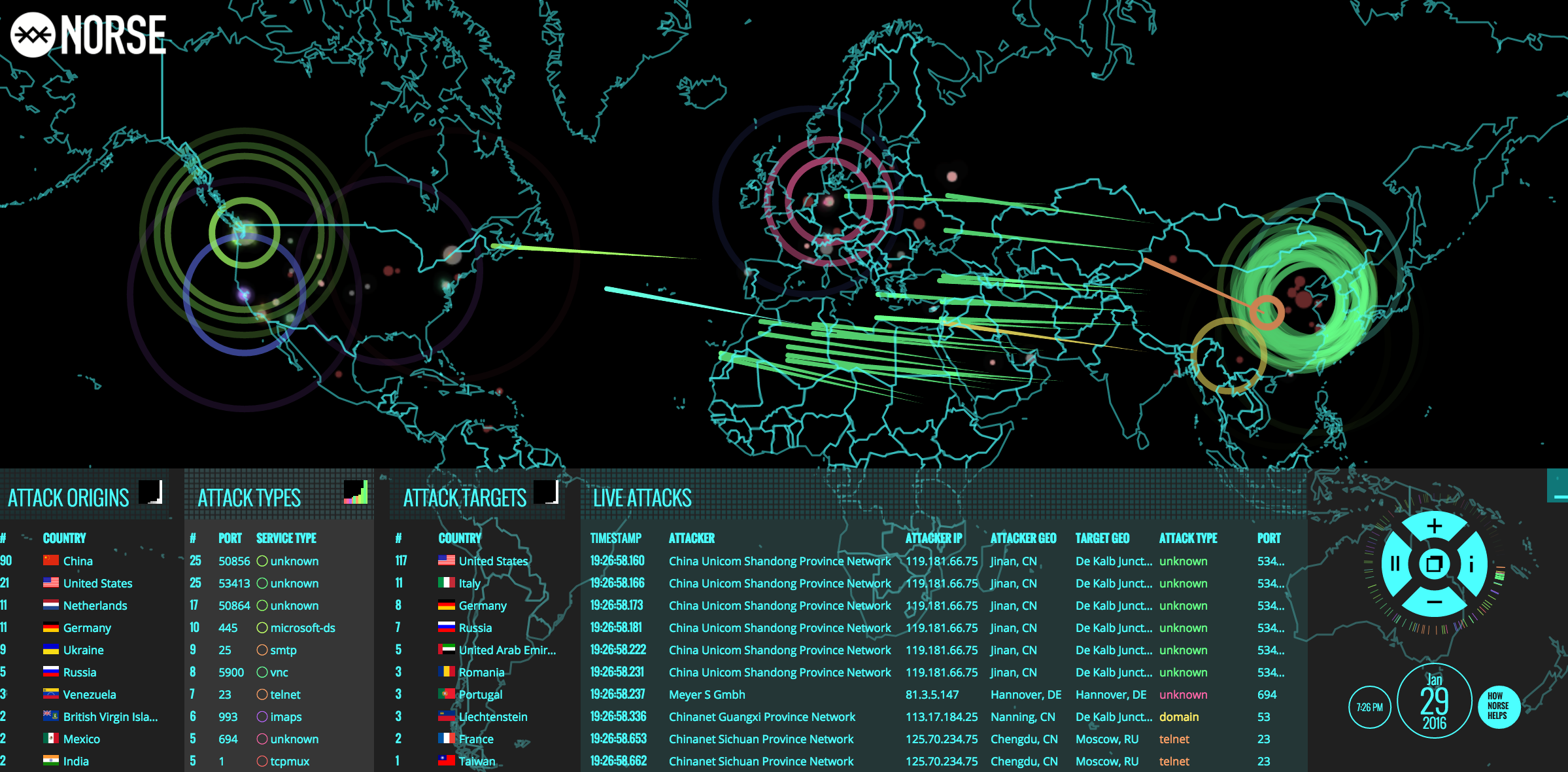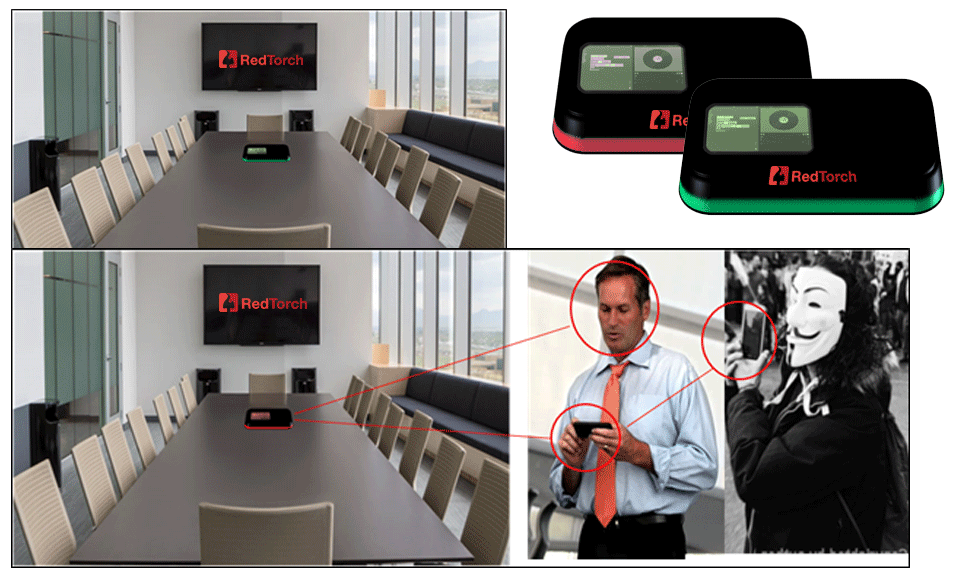Supercharge Your SOC With an Automated Approach to Incident Response
How do you shoot down a missile before it hits its target? That’s the problem facing today’s incident response teams. As cyberattacks increase in volume and velocity, the security operations center (SOC) handling incident response is the nexus for this challenge.
The SOC must find new efficiencies in its bid to hold back the rising tide of cybersecurity threats. It can begin by rethinking its cultural makeup and its technical approach, revealing opportunities to increase its effectiveness.

The Growing Importance Of Incident Response
It’s there in black and white: a well-honed incident response operation can deliver an impressive return on investment.
The 2020 Ponemon Cost of a Data Breach report reveals that data breaches cost $3.29m for companies with an IR team that regularly tests its IR plan. That’s $2m less than companies without an IR team.
In many data breach incidents, the cost is more than financial. No organization exists in a vacuum. We’re all part of a broader value chain, so an incident in one place can cause adverse effects a long way away. Some of those effects can be painfully personal.
Take the cyber theft at Vastaamo, Finland’s largest private therapy center, in which attackers not only stole thousands of patients’ sensitive records but also extorted those people directly, threatening to release their details. That incident, in which vulnerable people were placed at direct risk, is a clear example of a data breach’s real human cost.
Time Is A Critical Factor. How Do We Save It?
With the stakes so high, detecting and handling cyber threats properly is critical. How can SOCs measure their success and improve it?
The incident response process incorporates several stages: minimizing risk, identifying the incident, containment, response, cleanup, and recovery. Time is a critical factor in most of these stages. Agile, efficient response is critical, whether you’re detecting an attack or neutralizing it.
As attackers become faster and more pernicious, SOCs are having trouble responding at speed. One factor holding them back is that they often don’t use tools cohesively.
When facing shifting threats from different threat actors using a wide variety of techniques, many SOCs look for technologies to help them cope. A common response is to install a panoply of tools. SOCs don’t always do that strategically. People have a tendency, when dealing with unknowns, to over-prepare with tools rather than ensuring that they can adapt.
When teams install security tools on a piecemeal basis they can end up with a disjointed ‘frankenstack’ of security tools that don’t interoperate well. This can leave the SOC without a unified workflow. They lack automated remediation capabilities, which leaves SOCs relying too heavily on human interaction. People must fill in the gaps left by the technology, but they cannot do so at speed. Human bottlenecks render the organization vulnerable.
Poor interoperability leaves critical security information languishing in different silos. Analysts end up flying blind. The data they do have hasn’t been properly filtered by a coordinated tool chain, increasing the signal to noise ratio and making attacks harder to spot. SOCs end up with too many false positives, making it hard to sift through data to find the alerts that matter. They also lack the contextual data that could give them a more complete picture of an emerging threat, understanding its shape, significance, and scope.
These weaknesses leave SOCs with a disjointed incident response process that is difficult to control and understand. Operatives end up with too many options at each step in the process, and they lack the collaboration platform they need for a fast response.
No wonder, then, that the Ponemon report found security system complexity to be the single most expensive factor when assessing the cost of a data breach. It increased the cost of a data breach by $292,000 on average.
The Way Forward
Your SOC has the power to overcome these challenges. At the top of your list should be an assessment of your current incident response process. Begin that assessment with a focus on outcomes. Everything should be geared to achieving preset goals.
Those goals should be measurable by tying them to specific metrics. You must evaluate the metrics that you’re using to measure your success. Look for areas that you’re not measuring well and which could be leaving you vulnerable to poor performance. Can you decompose them into factors and identify what would influence them positively”?
At early stages in the incident response chain, those metrics should be geared toward prevention. How are you assessing the level of risk to various assets and its potential effect on the organization? Are you taking a mathematical approach to triaging risk based on the resources available?
At later stages in the process, your metrics should address the time taken to identify, contain, and neutralize incidents, along with the time taken to recover.
With appropriate measurement techniques at your disposal, you can work on building a seamless end-to-end incident response process with clear procedures and roles, so that no threat falls through the cracks.
Integrate your tool set to support this process. An idea tool chain will support harmonized, data flows that reduce or eliminate the number of hand-offs and tool or platform changes. Operatives will be able to handle tasks like changing firewall rules across the board without having to ask each platform owner individually for assistance. They will have full visibility into the history and scope of a threat. They will also enable analysts to see everything inside one familiar environment, saving them time and brain power by eliminating context switching. The result? Processes that took days could be executed in minutes.
delivered, software-defined network discovery solution designed to add global network visibility and control with minimal friction.
Conclusion
An integrated tool chain will provide a solid platform for automation. Defining automated workflows to support your incident response process will cut down on human interaction and reduce latency at each step. This will have a positive impact on those time-based metrics while leaving human analysts to focus on nuanced decisions.
This optimization process carries profound ramifications for your SOC. Done well, it will enable you to convert a reactive approach to incident response into a forward-looking one, driven by clear objectives such as early detection and fast containment rather than fear of the unknown. We have spent too long relying purely on prior knowledge, which stops us detecting and defending against new attacks. A new approach will leave you more attuned to emerging threats and more able to jump on them when they surface.
Enhancing your attack prevention and accelerating your response to ongoing attacks will enable you to reduce your detection time, cut attackers’ dwell time, and increase your automation, limiting the blast radius of a security incident. Better still, you’ll be able to prevent those explosive events altogether.
If you’d like to learn more about how the SentinelOne Singuarlity platform can help your organization achieve these goals, contact us for more information or request a free demo.
Like this article? Follow us on LinkedIn, Twitter, YouTube or Facebook to see the content we post.
Read more about Cyber Security
- Feature Spotlight: ML Device Fingerprinting with Singularity Ranger®
- Bringing IoT Out Of The Shadows
- SentinelOne and HAFNIUM / Microsoft Exchange 0-days
- HelloKitty Ransomware Lacks Stealth, But Still Strikes Home
- Hiding Among Friends | How To Beat The New Breed of Supply Chain Attacks
- Top 15 Essential Malware Analysis Tools
- Stopping SolarWinds Breach With Jared Phipps
- FADE DEAD | Adventures in Reversing Malicious Run-Only AppleScripts
- Six Steps to Successful And Efficient Threat Hunting







